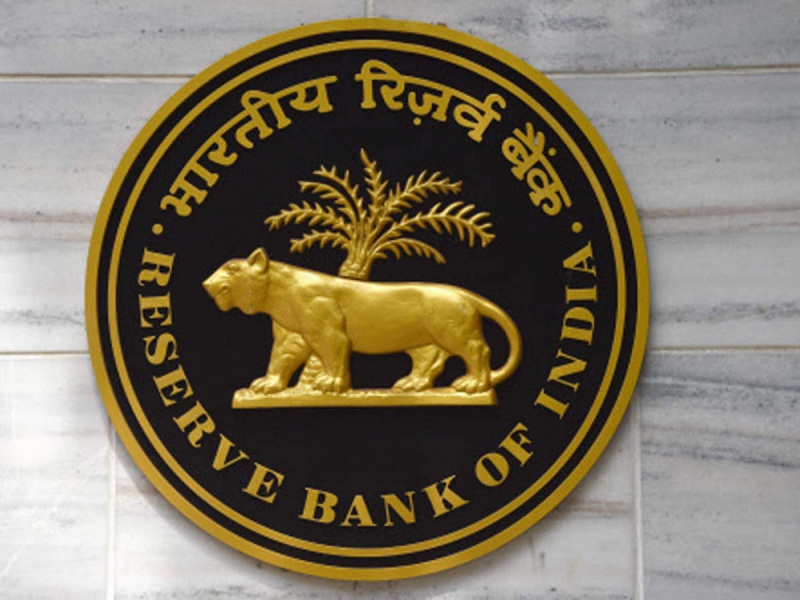Edging up of inflation to over 7 per cent has pushed the Reserve Bank of India to keep the repo rate unchanged at 5.15 per cent and combat the rising prices, the Central Bank said on Thursday.
The RBI has held up the repo rate steady as anticipated amidst accelerating inflation that rose to its highest levels in more than five years while retaining its accommodative monetary policy stance as growth remains lacklustre. The retail inflation for December peaked to 7.35 per cent led by rising vegetable prices particularly onion.
The central bank’s Monetary Policy Committee (MPC) decided to leave the key repo rate unchanged at 5.15 per cent and the reverse repo rate at 4.9 per cent.
But at the same time, RBI Governor Shaktikanta Das said in the press conference that “We have policy space for rate cut. Monetary policy action is constrained at this point by inflation but this situation should change going forward. There is monetary policy space in future for action,” indicating rate cut as a consideration at a future date provided opportunities arise.
“Outlook for CPI inflation ‘highly uncertain at this juncture”, the RBI Governor said. The RBI on Thursday revised upward its CPI inflation target to 6.5 per cent for Q4 of current fiscal. It also set an inflation target of 5.4-5.0 per cent for the first half of 2020-21 and 3.2 per cent for the third quarter of 2020-21.
The RBI said Retail inflation, measured by year-on-year changes in the CPI, surged from 4.6 per cent in October to 5.5 per cent in November and further to 7.4 per cent in December 2019, the highest reading since July 2014. While food inflation rose to double digits, the fuel group moved out of deflation. Inflation in CPI excluding food and fuel continued to edge up from its October trough.
CPI food inflation increased from 6.9 per cent in October to 12.2 per cent in December, primarily caused by a spike in onion prices due to unseasonal rains in October November. Excluding onions, food inflation would have been lower by 4.7 percentage points and headline inflation by 2.1 percentage points in December. In addition, inflation in several other food sub-groups such as milk, pulses, cereals, edible oils, eggs, meat and fish also firmed up.
The CPI fuel group registered inflation of 0.7 per cent in December, reflecting an increase in the prices of electricity and firewood and chips; and in administered prices of kerosene. Together they constitute 68 per cent of the CPI fuel basket. LPG inflation remained in negative territory despite a sharp recovery in prices in November-December.
CPI inflation excluding food and fuel rose from a low of 3.4 per cent in October to 3.8 per cent by December 2019, driven by an increase in inflation in mobile phone charges, petrol, diesel, transportation fares and clothing. Housing inflation moderated further in December reflecting subdued demand.
The RBI said on the basis of an assessment of the current and evolving macroeconomic situation, the MPC at its meeting on Thursday (February 6, 2020) decided to keep the policy repo rate under the liquidity adjustment facility (LAF) unchanged at 5.15 per cent.
Consequently, the reverse repo rate under the LAF remains unchanged at 4.90 per cent and the marginal standing facility (MSF) rate and the Bank Rate at 5.40 per cent.
The MPC also decided to continue with the accommodative stance as long as it is necessary to revive growth, while ensuring that inflation remains within the target.
These decisions are in consonance with the objective of achieving the medium-term target for consumer price index (CPI) inflation of 4 per cent within a band of +/- 2 per cent, while supporting growth.
Stressing its decision on status quo, the RBI said the main considerations underlying the decision are in the domestic economy, the first advance estimates (FAE) released by the National Statistical Office (NSO) placed India’s real gross domestic product (GDP) growth for 2019-20 at 5.0 per cent.
In its January 31 release, the NSO revised real GDP growth for 2018-19 to 6.1 per cent from 6.8 per cent given in the provisional estimates of May 2019. On the supply side, growth of real gross value added (GVA) is estimated at 4.9 per cent in 2019-20 as compared with 6.0 per cent in 2018-19.
Both production and imports of capital goods – two key pointers of investment activity – continued to contract in November/December, though at a moderate pace compared with the previous month.

